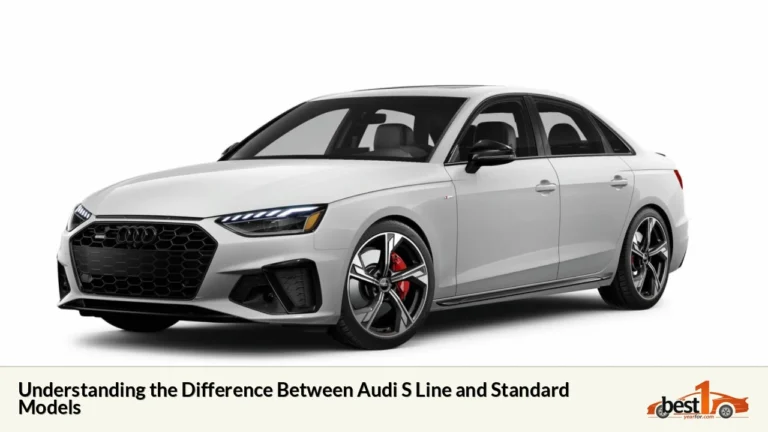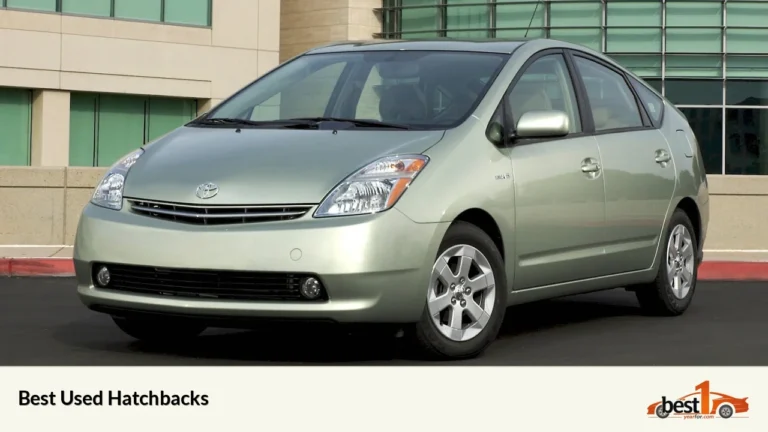The Mercedes-Benz Metris and Vito are two closely related vehicles that cater to different markets and needs. While they share many similarities, there are key differences that potential buyers should consider when choosing between them. This article will explore these differences in detail, providing a comprehensive overview of each model's specifications, features, and intended use.
Overview of Metris and Vito
The Metris is primarily marketed in North America, where it serves as a mid-sized commercial van. It is known for its versatility, available in both cargo and passenger configurations. The Vito, on the other hand, is the European counterpart of the Metris, designed for a broader international market with various configurations tailored to commercial and passenger transport.
| Feature | Mercedes-Benz Metris | Mercedes-Benz Vito |
|---|---|---|
| Market Availability | Primarily North America | Europe and other global markets |
| Body Styles | Cargo Van, Passenger Van | Panel Van, Chassis Cab, Multi-Purpose |
| Engine Options | 2.0L Turbocharged Gasoline | Diesel engines (various options) |
| Towing Capacity | Up to 5,000 lbs | Up to 4,600 lbs (depending on variant) |
| Payload Capacity | Up to 2,205 lbs | Up to 2,800 lbs |
Key Specifications
Engine and Performance
- Metris: The Metris is powered by a turbocharged 2.0-liter inline-4 gasoline engine that produces 208 horsepower and 258 lb-ft of torque. It features a 9-speed automatic transmission and rear-wheel drive. The Metris is designed for efficiency with a fuel economy of approximately 19 MPG combined[1][2].
- Vito: The Vito offers a range of diesel engines with varying outputs from 136 hp to 190 hp depending on the model variant. The most powerful version can deliver up to 369 lb-ft of torque. It typically features a 9-speed automatic transmission as well[4][10]. The Vito's fuel economy is generally better than that of the Metris due to its diesel engine options.
Dimensions and Capacities
- Metris: The Metris has dimensions suitable for urban environments, with a maximum cargo volume of around 199 cubic feet in its long-wheelbase configuration. It can seat up to eight passengers in its passenger variant[3][7].
- Vito: The Vito is available in several lengths (compact, long, extra-long), providing flexibility for cargo space ranging from approximately 6.0 to 6.6 cubic meters. It can also accommodate up to eight passengers depending on the configuration[11][22].
Features and Comfort
Interior Design
- Metris: The interior of the Metris is functional but lacks some of the luxury touches found in higher-end vehicles. It includes basic infotainment features like Bluetooth connectivity and optional navigation systems[5][8].
- Vito: The Vito's interior tends to be more refined with higher-quality materials and additional comfort features such as advanced infotainment systems with larger touchscreens, climate control options, and more seating configurations[14][18].
Safety Features
Both models come equipped with advanced safety technologies including:
- Attention Assist
- Crosswind Assist
- Load-Adaptive Electronic Stability Program
However, the Vito often includes more advanced driver-assistance systems as standard or optional features compared to the Metris due to its broader European safety regulations[9][12].
Pricing and Market Positioning
The Metris starts at a lower price point compared to the Vito, making it an attractive option for businesses looking for cost-effective solutions in North America. However, the Vito's higher price reflects its additional features and capabilities tailored for a more diverse market[2][4].
Conclusion
In summary, while the Mercedes-Benz Metris and Vito share many similarities as mid-sized vans from the same manufacturer, they cater to different markets with distinct needs:
- Choose the Metris if you are looking for a versatile work van primarily for North American use that offers good performance at a competitive price.
- Opt for the Vito if you need a more refined vehicle with better diesel engine options and advanced features suited for European markets.
Both vehicles uphold Mercedes-Benz's reputation for quality and reliability but serve different purposes based on regional preferences.
FAQs
- What is the main difference between Metris and Vito?
The Metris is primarily marketed in North America as a commercial van while the Vito serves various international markets with more diesel options. - Which engine does the Metris use?
The Metris uses a turbocharged 2.0-liter inline-4 gasoline engine producing 208 hp. - Is the Vito available in diesel?
Yes, the Vito offers multiple diesel engine options ranging from 136 hp to 190 hp. - What is the seating capacity of both models?
Both models can seat up to eight passengers depending on configuration. - Which van has better fuel economy?
Generally, the Vito has better fuel economy due to its diesel engine options compared to the gasoline-powered Metris.







